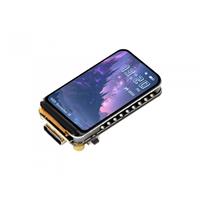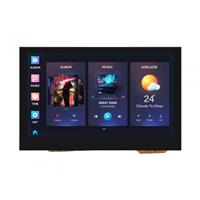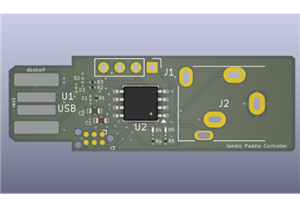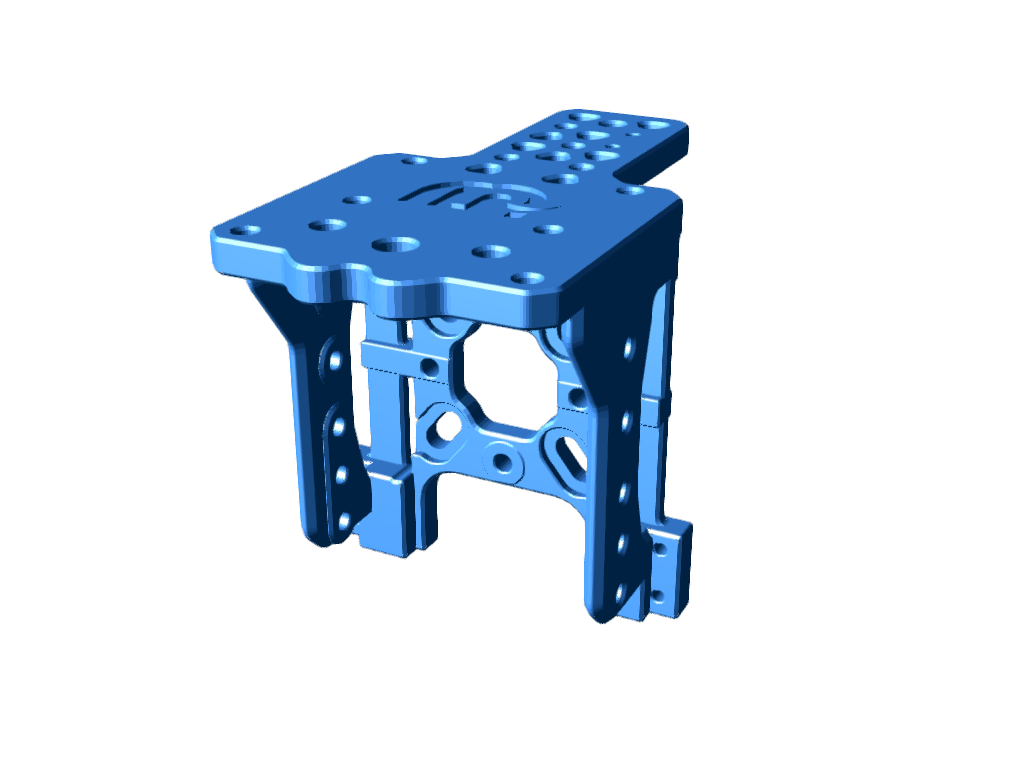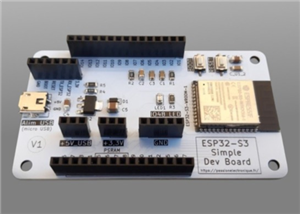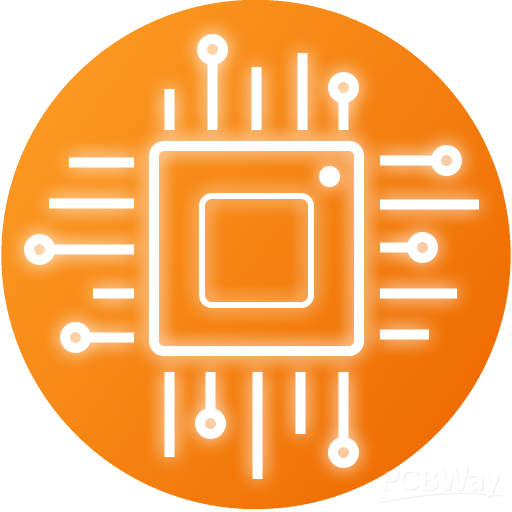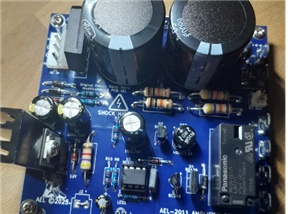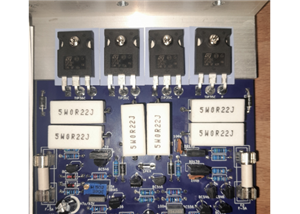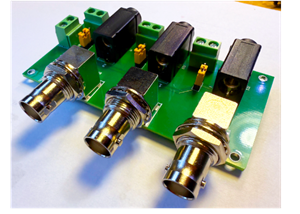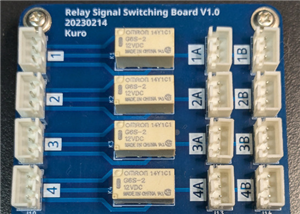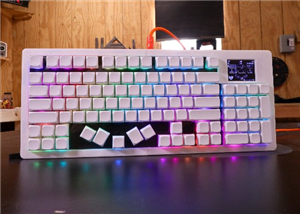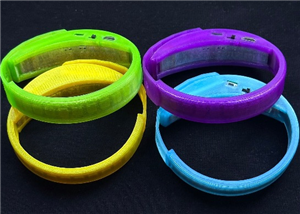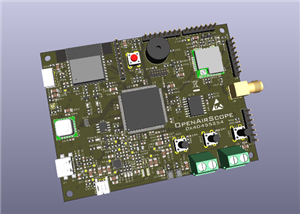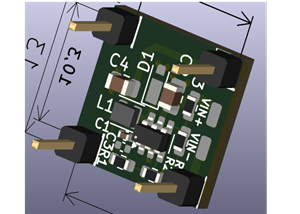WIFI SMART BUTTON
Introduction
A WiFi smart button is a simple yet versatile device that leverages the capabilities of the ESP8266 (or similar modules) to connect to a WiFi network and communicate over MQTT (Message Queuing Telemetry Transport) to perform specific actions. These buttons can be used for various purposes, such as triggering smart home devices, automation, or sending notifications.
Here’s an overview of the key components and functionalities of a WiFi smart button
for full project:
https://electronicsworkshops.com/2024/01/30/wifi-smart-button/
Components
ESP8266 (e.g., ESP-12F): This microcontroller provides the processing power and WiFi connectivity for the smart button.
Button: A physical button that can be pressed to initiate an action or send a command.
Resistor: A pull-down resistor ensures that the GPIO pin connected to the button has a defined state when the button is not pressed.
MQTT Broker: A server that manages the communication between the smart button and other MQTT-enabled devices. It facilitates the exchange of messages.
WiFi Network: The smart button connects to a local WiFi network, allowing it to communicate with other devices on the same network.
Functionality:
Button Press Detection: The smart button constantly monitors the state of its button. When the button is pressed, it triggers an action.
WiFi Connection: The ESP8266 connects to a pre-configured WiFi network, allowing the smart button to be part of the local network.
MQTT Communication: The smart button uses the MQTT protocol to communicate with an MQTT broker. It can publish messages (e.g., button pressed) and subscribe to topics to receive commands or updates.
Action Triggering: Upon detecting a button press, the smart button can perform various actions, such as sending an MQTT message to a specific topic, triggering a smart home device, or initiating an automation sequence.
Debouncing: To eliminate signal noise and ensure accurate button press detection, a debounce delay is often implemented in the code
Development Steps:
Hardware Setup: Connect the button, resistor, and ESP8266 on a breadboard, establishing the physical interface of the smart button.
Code Development: Write code for the ESP8266 using the Arduino IDE or PlatformIO. The code includes WiFi connection setup, MQTT communication, and button press detection.
Upload Code: Use a USB-to-Serial adapter or a dedicated programming board to upload the code to the ESP8266.
Testing: Monitor the serial output in the Arduino IDE to ensure proper WiFi and MQTT connection. Test the button to verify that pressing it triggers the desired actions.
Integration: Integrate the smart button into your smart home system or automation setup by configuring MQTT topics and actions on other devices.
for full project:
https://electronicsworkshops.com/2024/01/30/wifi-smart-button/
WIFI SMART BUTTON
*PCBWay community is a sharing platform. We are not responsible for any design issues and parameter issues (board thickness, surface finish, etc.) you choose.
- Comments(0)
- Likes(0)
- 0 USER VOTES
- YOUR VOTE 0.00 0.00
- 1
- 2
- 3
- 4
- 5
- 6
- 7
- 8
- 9
- 10
- 1
- 2
- 3
- 4
- 5
- 6
- 7
- 8
- 9
- 10
- 1
- 2
- 3
- 4
- 5
- 6
- 7
- 8
- 9
- 10
- 1
- 2
- 3
- 4
- 5
- 6
- 7
- 8
- 9
- 10
 More by Rabin Poudel
More by Rabin Poudel
-
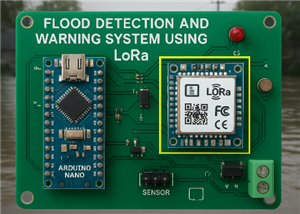 Flood Detection and warning system using LORA and Arduino
IntroductionFloods are one of the most devastating natural disasters, causing immense damage to life...
Flood Detection and warning system using LORA and Arduino
IntroductionFloods are one of the most devastating natural disasters, causing immense damage to life...
-
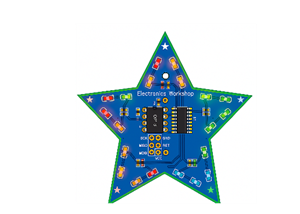 DIY LED Decoration Tiny Star PCB Project
IntroductionThe Tiny Star PCB is a small and fun DIY electronics project that is perfect for hobbyis...
DIY LED Decoration Tiny Star PCB Project
IntroductionThe Tiny Star PCB is a small and fun DIY electronics project that is perfect for hobbyis...
-
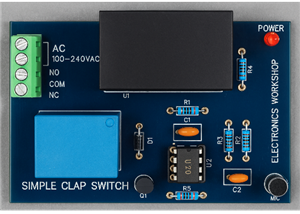 Simple and Cheap Clap Switch Circuit
IntroductionThe Simple and Cheap Clap Switch Circuit is a practical and fun DIY electronics project ...
Simple and Cheap Clap Switch Circuit
IntroductionThe Simple and Cheap Clap Switch Circuit is a practical and fun DIY electronics project ...
-
 Arduino-based Mist Maker and Hand Dryer
IntroductionIn today’s world, automation and hygiene have become essential, especially in public pla...
Arduino-based Mist Maker and Hand Dryer
IntroductionIn today’s world, automation and hygiene have become essential, especially in public pla...
-
 MPL3115A2 Barometric Pressure, Altitude, and Temperature Sensor
IntroductionThe MPL3115A2 is a highly accurate, low-power digital barometric pressure sensor from NX...
MPL3115A2 Barometric Pressure, Altitude, and Temperature Sensor
IntroductionThe MPL3115A2 is a highly accurate, low-power digital barometric pressure sensor from NX...
-
 E-Speaker Using ESP32
IntroductionThe E-Speaker is a smart, portable, and versatile audio system built using the ESP32 mic...
E-Speaker Using ESP32
IntroductionThe E-Speaker is a smart, portable, and versatile audio system built using the ESP32 mic...
-
 Heart Rate Monitor Circuit Using Photoplethysmography (PPG)
IntroductionHeart rate is a vital physiological parameter that reflects the health and fitness of an...
Heart Rate Monitor Circuit Using Photoplethysmography (PPG)
IntroductionHeart rate is a vital physiological parameter that reflects the health and fitness of an...
-
 Automated Greenhouse Control System using ESP32
IntroductionAn automated greenhouse control system leverages technology to optimize plant growth con...
Automated Greenhouse Control System using ESP32
IntroductionAn automated greenhouse control system leverages technology to optimize plant growth con...
-
 STD CH330N USB to Serial Converter 5V
IntroductionThe CH330N is a versatile USB-to-serial converter chip that simplifies interfacing betwe...
STD CH330N USB to Serial Converter 5V
IntroductionThe CH330N is a versatile USB-to-serial converter chip that simplifies interfacing betwe...
-
 KY-032 Obstacle avoidance sensor module
IntroductionIntroduction to Obstacle Avoidance SensorsObstacle avoidance sensors are essential compo...
KY-032 Obstacle avoidance sensor module
IntroductionIntroduction to Obstacle Avoidance SensorsObstacle avoidance sensors are essential compo...
-
 BC547 BASED WATER LEVEL INDICATOR
IntroductionA water level indicator using a BC547 transistor is a simple and effective electronic pr...
BC547 BASED WATER LEVEL INDICATOR
IntroductionA water level indicator using a BC547 transistor is a simple and effective electronic pr...
-
 How to Design Own Arduino Wifi shield PCB
OverviewArduino wifi shield connects the Arduino with a wifi chip through the serial communication p...
How to Design Own Arduino Wifi shield PCB
OverviewArduino wifi shield connects the Arduino with a wifi chip through the serial communication p...
-
 DIY Air Quality Tester
OverviewIn this project “DIY Air Quality Tester” we use Node MCU microcontroller and air quality sen...
DIY Air Quality Tester
OverviewIn this project “DIY Air Quality Tester” we use Node MCU microcontroller and air quality sen...
-
 Digital Clock Using Arduino
OverviewIn this project, “Digital clock using Arduino” we will make a PCB board for digital clock an...
Digital Clock Using Arduino
OverviewIn this project, “Digital clock using Arduino” we will make a PCB board for digital clock an...
-
 Bluetooth Controlled car using Arduino
OverviewA Bluetooth Controlled Car Using Arduino is a fascinating DIY project that involves building...
Bluetooth Controlled car using Arduino
OverviewA Bluetooth Controlled Car Using Arduino is a fascinating DIY project that involves building...
-
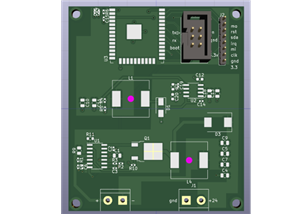 IoT-Based Automatic Street Light Controller Using ESP32
IntroductionThis system uses ESP32 modules to control street lights through a centralized IoT server...
IoT-Based Automatic Street Light Controller Using ESP32
IntroductionThis system uses ESP32 modules to control street lights through a centralized IoT server...
-
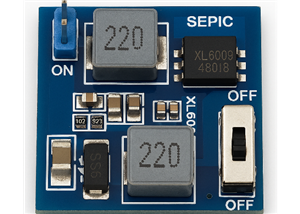 SEPIC DC-DC Converter Using the MT3608 Boost IC
IntroductionModern electronic design must prioritize effective and adaptable power management, parti...
SEPIC DC-DC Converter Using the MT3608 Boost IC
IntroductionModern electronic design must prioritize effective and adaptable power management, parti...
-
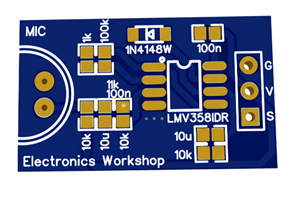 Audio Peak Detector using LMV358
IntroductionAn Audio Peak Detector is an essential circuit in audio signal processing that identifie...
Audio Peak Detector using LMV358
IntroductionAn Audio Peak Detector is an essential circuit in audio signal processing that identifie...
-
-
mammoth-3D SLM Voron Toolhead – Manual Drill & Tap Edition
139 0 0 -
-
AEL-2011 Power Supply Module
647 0 2 -
AEL-2011 50W Power Amplifier
566 0 2 -
-
-
Custom Mechanical Keyboard
766 0 0 -
Tester for Touch Screen Digitizer without using microcontroller
393 2 2 -
Audio reactive glow LED wristband/bracelet with NFC / RFID-Tags
362 0 1 -
-



















